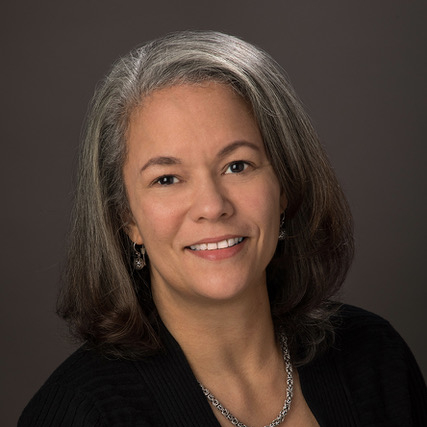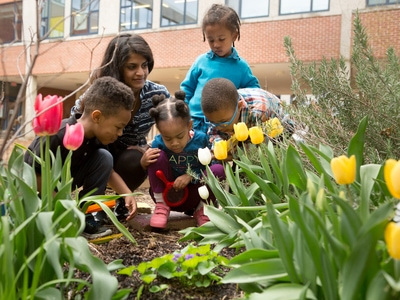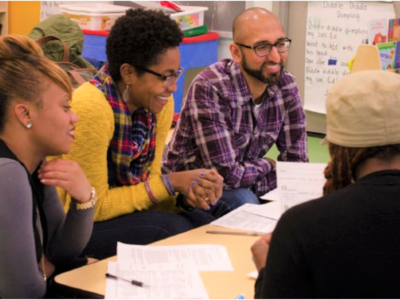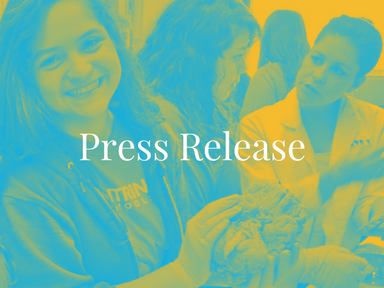Building Community
New Report on Facing the Challenges of Innovation
Topics

When educators design and create new schools, and live next gen learning themselves, they take the lead in growing next gen learning across the nation. Other educators don’t simply follow and adopt; next gen learning depends on personal and community agency—the will to own the change, fueled by the desire to learn from and with others. Networks and policy play important roles in enabling grassroots approaches to change.
EDUCAUSE and Eduventures (a market research firm) have conducted research on the topic of innovation, polling higher ed leaders from across the country to get their opinions on innovation.
Innovation is an oft-prescribed solution to a growing problem in academia: sustainability.
It may be a simple word—innovate—but it’s not easy. EDUCAUSE and Eduventures (a market research firm) have conducted research on the topic, polling higher ed leaders from across the country to get their opinions on innovation. The statistics we uncovered were startling: 88% of those surveyed feel that their institution needs to innovate, and 51% don’t know how to do it. (View the infographic here.) No wonder then that Sweet Briar College decided to forego the challenge of innovating from within. They are not alone in thinking it’s just too hard to pull off.
The Breakthrough Models Incubator provides colleges and universities that want to take up an innovation challenge with the space and time for a cross-functional team to focus on a project that supports of student success. Our 2014 cohort focused exclusively on competency-based education (CBE) as a strategy and they are developing a wide variety of CBE programs.
Part of this challenge—which they all embraced—was critically reviewing their plans through the lens of rpkGROUP’s (a higher ed consulting firm specializing in finance issues) pro forma tool. Each team took a hard look at the requirements for sustainability by playing with the variables to find their break-even point and better understand their costs. Here are some of rpkGROUP’s observations:
- Participants found that using a business model lens forced them to wrestle with their assumptions.
- Is anything “free”? (Or is there always a cost?)
- How do students consume educational offerings that are presented in different ways?
- Participants’ ability to be creative with the business model was hampered by the current policy environment. Title IV restrictions on financial aid to competency-based education programs prevented most of the teams from attempting anything other than mapping to the credit hour.
- How can we circumvent the financial aid policies that strangle new programs before they can even lift off? (There is a lot of hope and interest in the Department of Education Experimental Sites, which have tapped SNHU President, Paul LeBlanc to assist in the development of plans.)
- Participants framed the return on investment (ROI) conversation better and appreciated the need to communicate that to multiple stakeholders.
- How can faculty understanding of financial models improve climate around and choices about academic offerings?
- What key performance indicators (KPIs) will help us iterate the program?
These observations and the resulting questions confirmed for me that the institutions in the Breakthrough Models Incubator really are innovators in the higher ed space. These are the characteristics of innovators and innovative organizational cultures: questioning assumptions, creatively circumventing obstacles, and sharing and communicating with stakeholders.
Want to assess your institution’s culture of innovation?
As we’ve wrestled with this question of how to innovate, the question of culture comes up again and again. Creativity and the freedom to pursue creative solutions are influenced by culture (and policy). Assumptions and default behavior with stakeholders are embedded in and defined by culture.
Our thought partners on culture and practices at 2Revolutions, a future of learning design firm, have been exploring this terrain all over the education spectrum. Bryan Setser, a partner at 2 Revolutions, and architect of the American Council on Education’s Change and Innovation Lab, has also worked with leadership teams developing new programs for student success. Combining his experience and mine with the Breakthrough Models Incubator, we were able to articulate a framework and develop a tool for colleges and universities that want to build innovation-friendly cultures within their organization.
Download “Building a Culture of Innovation in Higher Education: Design & Practice for Leaders” and play with the assessment tool.
You can see how your institution is doing in terms of creating an innovation-friendly culture and find examples of behaviors that help create it and institutions like yours that are doing it. Take the quizzes, play with the tool and let us know what you’re finding out!
Finally, if you have a group of like-minded colleagues at your institution who would like to explore and innovative idea this summer, contact me about a special option for institutional teams at the Breakthrough Models Academy this summer (Ambassadors Track)—only one or two slots remain for this pilot program.




